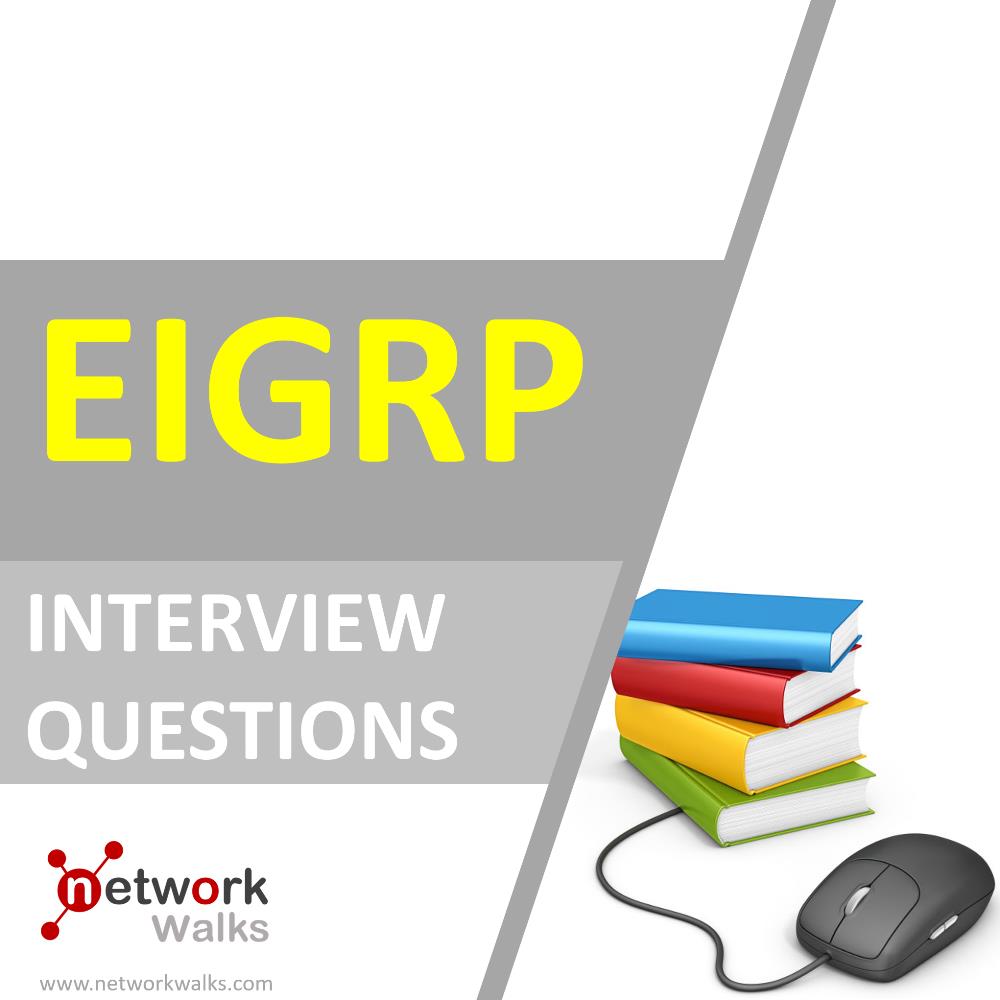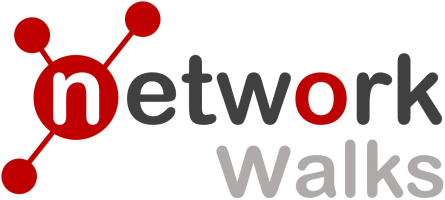 What is EIGRP?
EIGRP is a Routing Protocol used for IP Networks. It is classless, Distance Vector & Hybrid type of Routing protocol. It was released in 1993.
Is EIGRP a Cisco proprietary protocol or open source protocol?
EIGRP is partially open source routing protocol.
It was a Cisco proprietary protocol till 2013. Then Cisco submitted a portion of EIGRP to the IETF for consideration as a potential standard. The entire protocol has not yet been accepted as a standard and remains proprietary to Cisco.
Therefore, some portion of EIGRP is open standard & some portion of it is still Cisco proprietary.
Is EIGRP a Cisco proprietary protocol or open source protocol?
EIGRP is partially open source routing protocol.
What is EIGRP SIA (Stuck In Active) condition?
EIGRP Stuck in Active is the condition when a route becomes unreachable and not all queries for it are answered.
What is EIGRP FD (Feasible Distance)?
EIGRP Feasible Distance is the cost to the next hop as well as Administrative Distance.
What is EIGRP RD (Reported Distance)?
EIGRP Reported Distance is the distance (metric) towards a destination as advertised by an upstream neighbor.
What is EIGRP FS (Feasible Successor)?
EIGRP Feasible Successor is a backup route that can be used in the event of a topology change without having to recalculate routes” “A particular destination to a next hop router that is guaranteed not to be a part of a routing loop”
How does EIGRP Router ID is elected?
Cisco routers use the following order to select EIGRP router ID:
What is EIGRP?
EIGRP is a Routing Protocol used for IP Networks. It is classless, Distance Vector & Hybrid type of Routing protocol. It was released in 1993.
Is EIGRP a Cisco proprietary protocol or open source protocol?
EIGRP is partially open source routing protocol.
It was a Cisco proprietary protocol till 2013. Then Cisco submitted a portion of EIGRP to the IETF for consideration as a potential standard. The entire protocol has not yet been accepted as a standard and remains proprietary to Cisco.
Therefore, some portion of EIGRP is open standard & some portion of it is still Cisco proprietary.
Is EIGRP a Cisco proprietary protocol or open source protocol?
EIGRP is partially open source routing protocol.
What is EIGRP SIA (Stuck In Active) condition?
EIGRP Stuck in Active is the condition when a route becomes unreachable and not all queries for it are answered.
What is EIGRP FD (Feasible Distance)?
EIGRP Feasible Distance is the cost to the next hop as well as Administrative Distance.
What is EIGRP RD (Reported Distance)?
EIGRP Reported Distance is the distance (metric) towards a destination as advertised by an upstream neighbor.
What is EIGRP FS (Feasible Successor)?
EIGRP Feasible Successor is a backup route that can be used in the event of a topology change without having to recalculate routes” “A particular destination to a next hop router that is guaranteed not to be a part of a routing loop”
How does EIGRP Router ID is elected?
Cisco routers use the following order to select EIGRP router ID:
- Router ID (manually configured)
- Highest loopback interface, if router ID is not configured
- Highest Physical interface in “up/up” state (if loopback interface is not configured)
|
EIGRP Timers (Intervals) |
||
|
EIGRP Link Type |
Hello Interval |
Hold Down Interval |
|
High Speed Links (Broadcast / LAN) > T1 |
5 seconds |
15 seconds |
|
Low Speed Links (NBMA / WAN) < T1 |
60 second |
180 seconds |
- Hello
- Update
- Query
- Reply
- ACK
- Split horizon
- DUAL (Diffusing Update Algorithm)
|
EIGRP Modes |
|
|
CLASSIC Mode |
NAMED Mode |
|
Supported on Cisco Routers before IOS v15 |
Supported on Cisco Routers after IOS v15 |
|
32-bit metric calculations |
64-bit metric calculations |
| Supports Clear Text and MD5 authentication |
Supports Clear Text, MD5 and SHA-256 authentication |
- Neighbor Table: All Adjacent Routers List
- Topology Table: LSA’s Table (complete info about the networks in same area)
- Routing Table: Best Routes
Networkwalks Summary CheatsheetsYou might also be interested in our free online Quizzes, where you can test your knowledge by attempting our free Quizzes on these topics for long term memory:
Free Online Quizzes (Best for Cisco CCNA, Huawei HCNA, N+)Follow our Facebook Page & YouTube Channel for more updated Cheatsheets & Quizzes:

https://networkwalks.com/ospf-interview-questions-answers/